My husband and I recently had a food sensitivities blood test (called MRT – Mediator Release Test) done through our nutritionist and her husband who is a doctor. We got our results back, and it truly has been eye opening to know what foods we are sensitive to; we now know what has been causing inflammation to our bodies and/or giving us digestive issues.
It turns out that we were consuming some of the foods we are greatly sensitive to sometimes more than three times a day. For example, I was having almonds in various forms (raw, flour, butter, milk) with almost every meal, every day…and with the MRT test, I learned that almonds are extremely inflammatory to my system and that I should avoid them. My husband had tomatoes and cow’s milk almost every day, and we learned that those are highly inflammatory to his system and that his body does not do well with them.
You may be thinking “I thought these are really great and healthy ingredients, what are we supposed to eat?” Well, everyone reacts differently to foods, so what may be a very reactive food for me may be a non-reactive food for you, and vice versa.
Food sensitivities make a person feel sick because the immune system reacts to certain foods and causes the release of chemicals called mediators (like histamine, for example) from white blood cells. Mediators are what cause inflammation, pain, and other symptoms. So when your immune cells release chemical mediators due to reactive foods, you know you are sensitive to these foods. Significant reactors are broken into either Reactive (red) or Moderately Reactive (yellow) categories, and insignificant reactors are placed under the Low-Reactive (green) category.
After my husband and I learned what foods fell under the red and yellow categories for each of us, we decided to simply remove these inflammatory foods from our diet; we each had a list of like fifteen foods we could not eat. And guess what? After removing these, a lot of our digestive issues disappeared. Juts like that. I cannot tell you enough how amazing this feels.
Since we were in awe of the results, we decided to follow our nutritionist’s advice and go full force with the LEAP ImmunoCalm Dietary program. She put together a strict diet for us to follow, where we are only allowed to eat from the green category for fifteen days. Once that is done, we’ll introduce one food a day to our diet and see how it makes us feel. If foods we introduce cause any bad reactions, then we know we are to stay away from them for a little while longer…at least until our gut is healed and healthy again.
Preston and I are on day seven of this strict diet. It has been challenging, since we crave many foods we can’t have, but we have been feeling incredible. We are more alert and energized than ever, less bloated, and many of our digestive symptoms are melting away.
I have been cooking up a storm at home to make sure we have prepped food for all of our meals. We can each only eat from a list of twenty to twenty-five ingredients, so I’ve had to get extra creative in the kitchen. Sometimes it’s when you are the most restricted where creativity truly shines through.
Today, I am sharing with you one of the pecan recipes I made for him this week…pecan milk. You can add this delicious nut milk to your coffee, enjoy it along with some Paleo granola, add it to your smoothies, or use it for baking. I will have a great Pecan Waffle recipe soon on the blog for you. so stay tuned…it calls for pecan milk, so it will be a great way to use this delicious recipe.

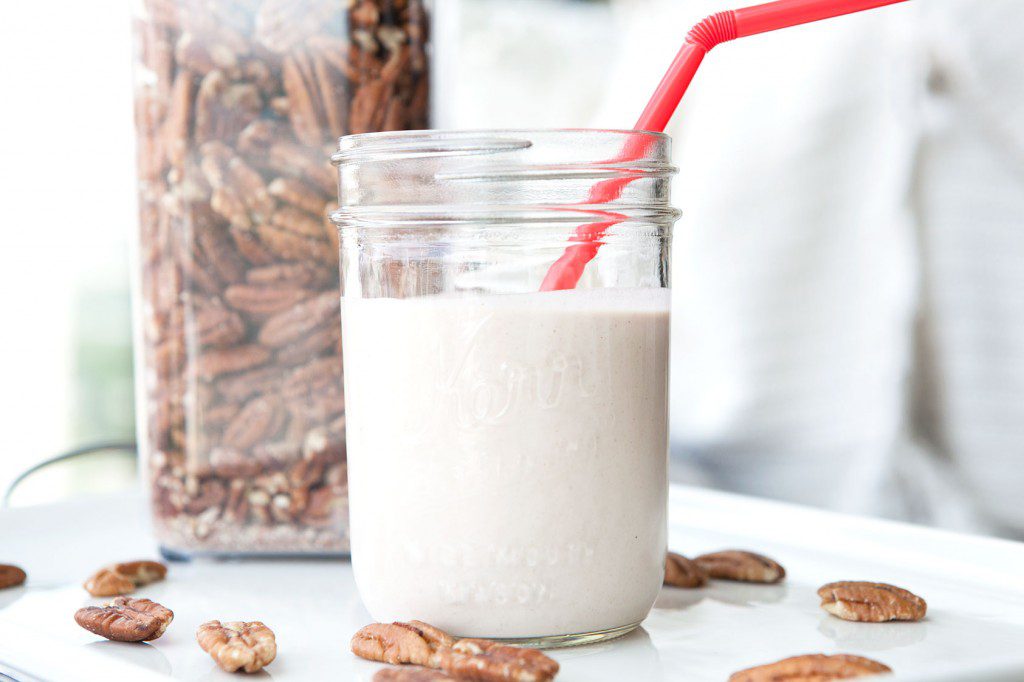
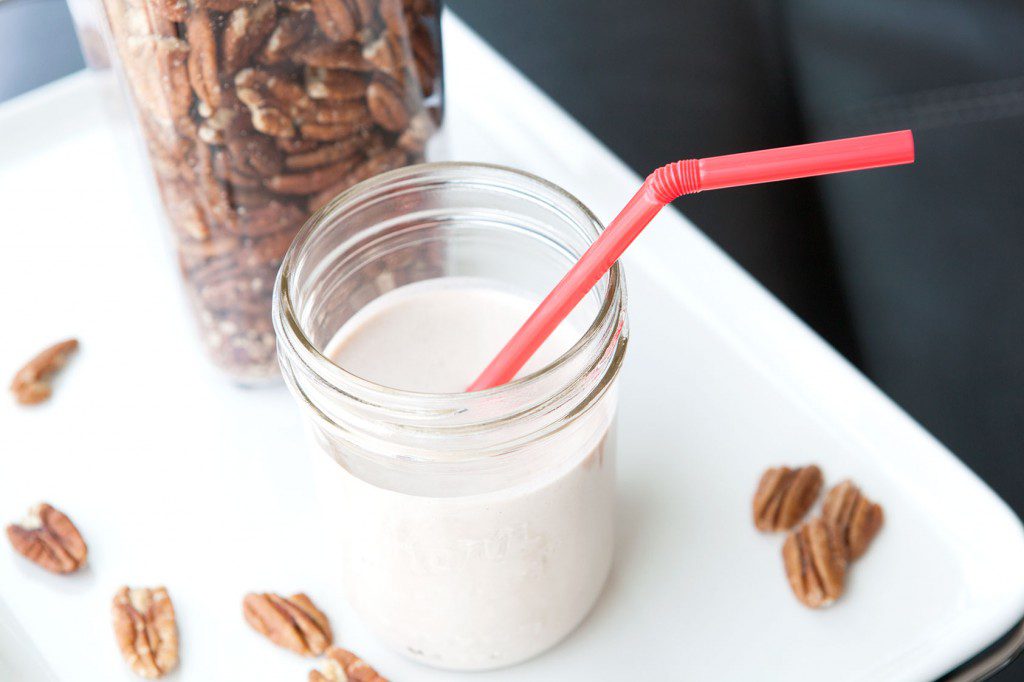
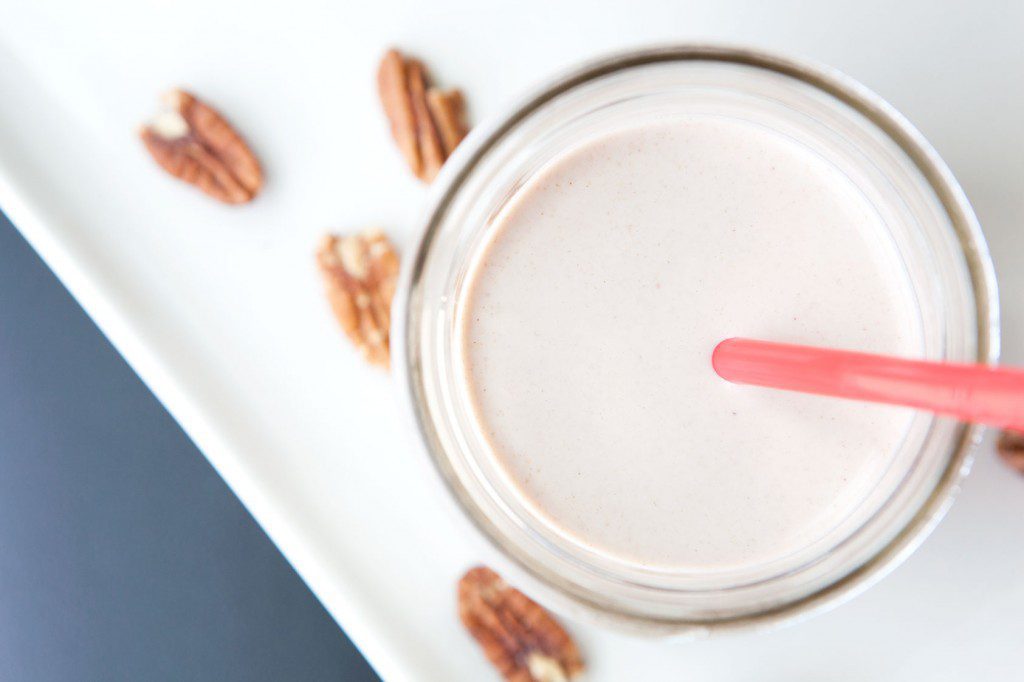
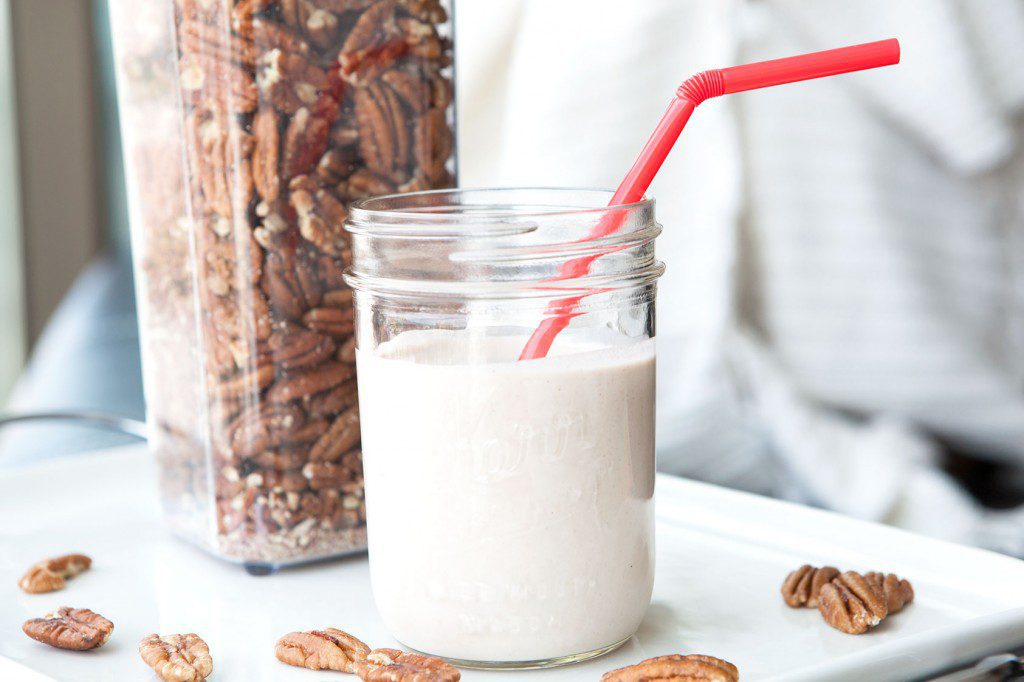
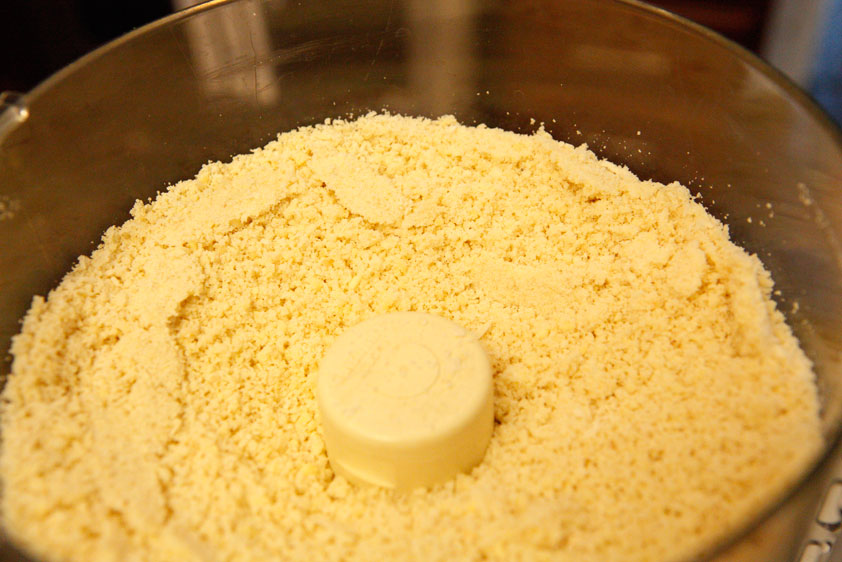
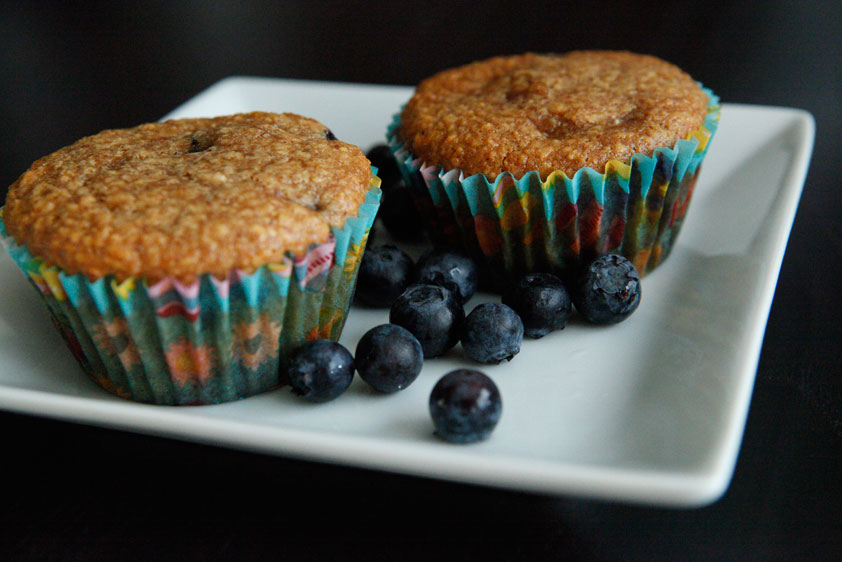
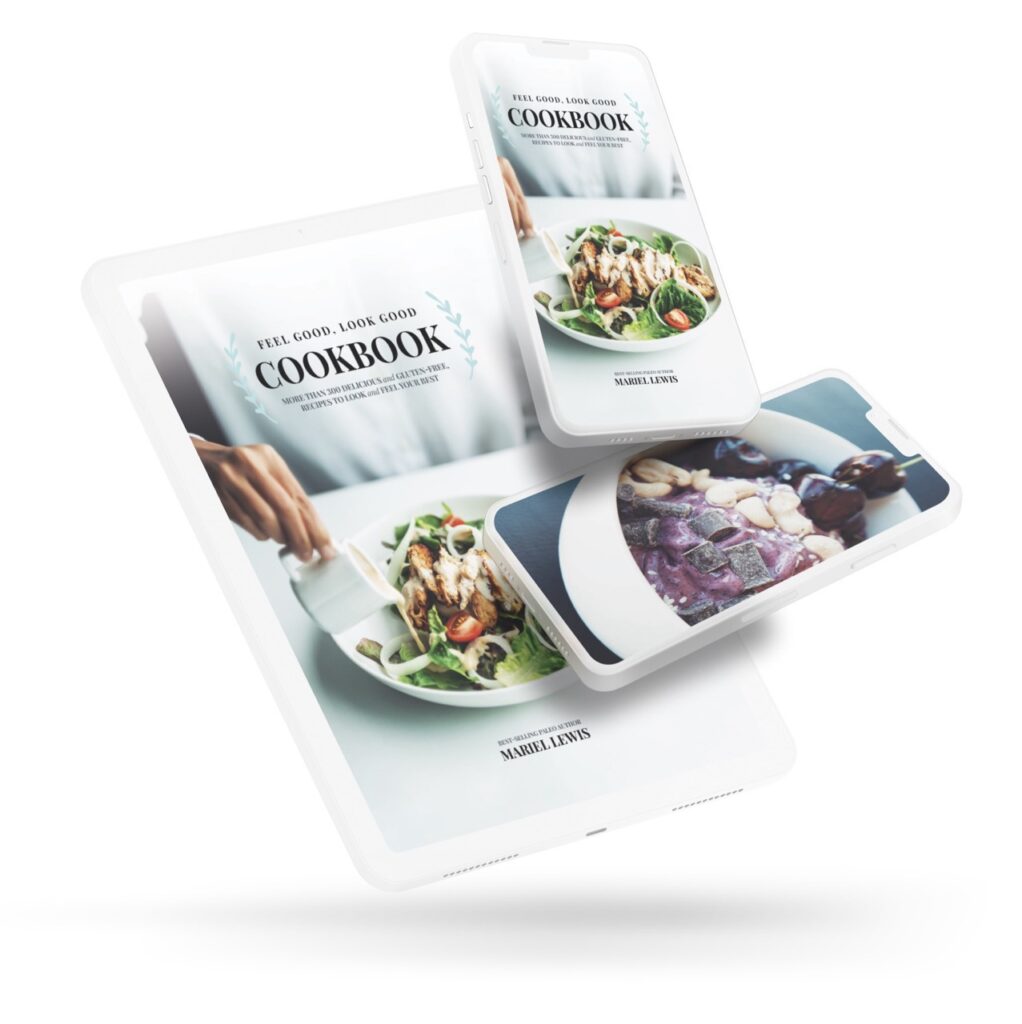

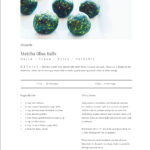
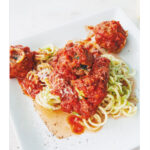

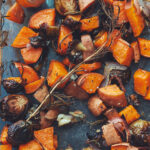
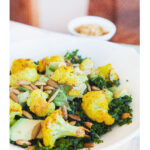
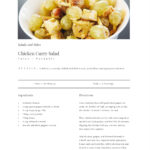
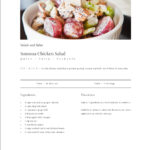
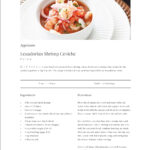
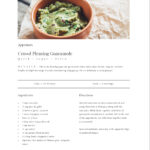
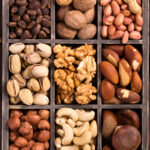
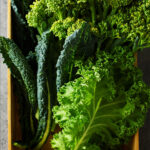

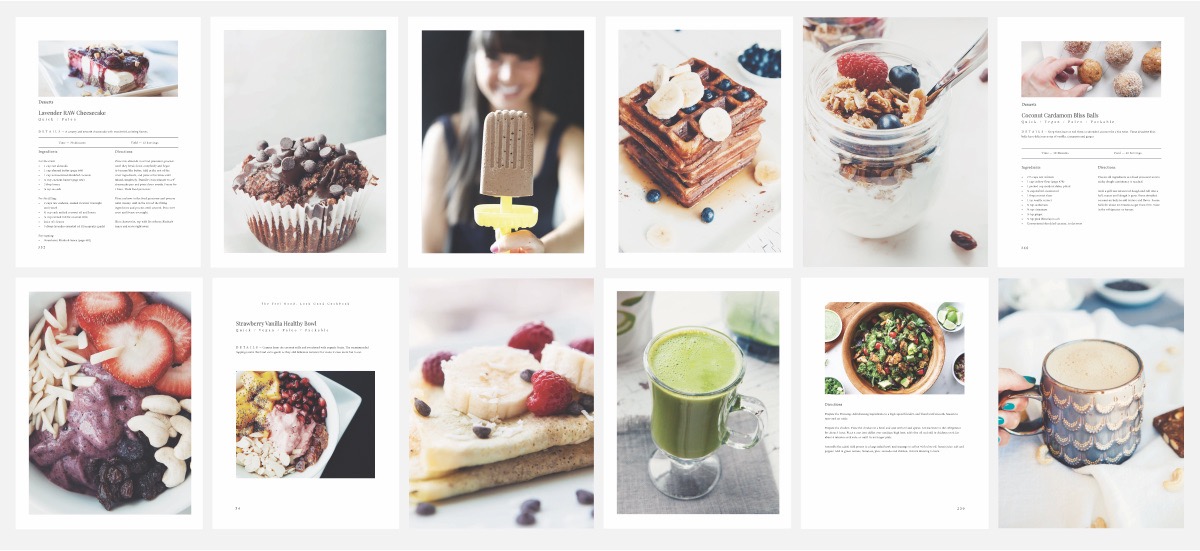
How long does the pecan milk last for before it goes bad?
Hi Melissa! It lasts fresh about 3-5 days. 🙂
I really love how simple this recipe is! I kept the strained pecans from the cheesecloth and DIY’d myself a face scrub, I also used a little with my soap and the natural oils made my hands silky smooth, I love this Mariel !
Hi Kali! I am so glad to hear you love this easy homemade milk recipe. That is so cool you use the leftover pecan meal to make your own face scrub…I’ll need to try it out sometime! Thanks for the DIY idea and for visiting AmazingPaleo.com! XO
Hi Mariel, this is fab, thank you. Do you blanch the pecans before blending? Thanks, Amanda
Hi Amanda!! Nope, I do not. 🙂
Great, thank you for replying 🙂
How thick is this peace milk? I love pecans and am looking for an alternative since learning regular milk makes me sick. I would love for this to be in my coffee but love a thick and creamy white look and taste in my coffee.
Hi Bridgette! Pecan milk is not very thick, it has a very similar consistency to cashew milk or almond milk. If you want a thick and creamy milk to add to your coffee, then I recommend buying full-fat canned coconut milk. Add a dollop of that to your coffee, and you’re set! That’s how I drink my coffee too. 🙂
So I planned on making a pecan pie and ended up making a pumpkin instead (all Paleo, because my husband and I have been living the Paleo Solution lifestyle for about 6 months now), so I had already soaked and dehydrated my Raw Organic Pecans the way I do with all my nuts (unless I’m using them to make milk). Would I simply blend my soaked and dehydrated nuts with the water and make the milk or do I need to resoak them again?
Hi Katie! You know, I have never used dehydrated nuts to make nut milks, so I do not know how the milk would turn out when using dehydrated nuts. However, yes, my method is to soak nuts overnight, drain them, rinse them and then blend with fresh filtered water. 🙂 Let me know how your milk ends up!
Why do you need to rinse them after soaking–won’t that wash away some of the nutrients? I can see pre-rinsing them to remove dirt, etc, but why the post rinsing?
Hi Steve! You want to rinse the nuts because the water they were soaking in is filled with the enzyme inhibitors (which are what prevent nuts from sprouting, and can take a toll on our digestion since they prevent our own enzymes from breaking down the food in our tracts — we soak nuts not only to make them soft for recipes, but also to get rid of these enzymes). A quick rinse is all you need! 🙂
Thanks!